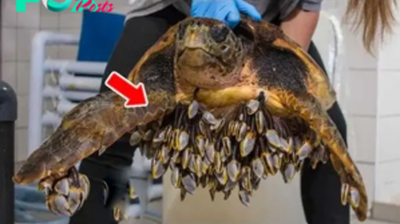Weird Animals
nht.NASA Uncovers Potential Habitats for “Super-Powered Alien Life Forms”
In the perPetual quest to unravel the mysteries of the cosmos and discover the possibility of life beyond Earth, NASA has long been at the forefront of scientific exploration. Recently, the space agency has unveiled findings that shed light on potential habitats where “powerful Earth-like” creatures could exist. This revelation not only ignites the imagination but also underscores the profound implications for our understanding of the universe and our place within it.

Exploring Exoplanets: The search for extraterrestrial life has led astronomers to focus their attention on exoplanets—worlds orbiting stars beyond our solar system. Through the Kepler Space Telescope and other observatories, NASA has identified thousands of exoplanets, many of which reside in the habitable zone of their respective stars. This “Goldilocks zone” is where conditions may be just right for liquid water to exist, a key ingredient for life as we know it.
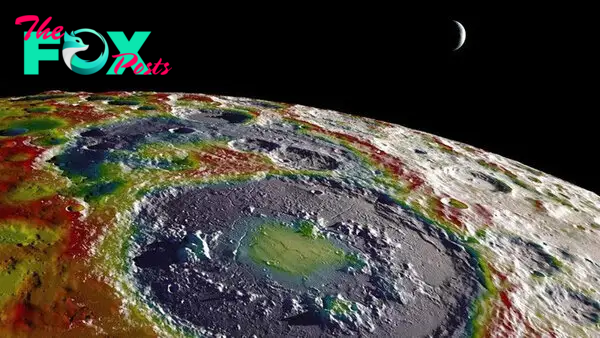
Identifying Potential Habitats: Utilizing data from missions such as Kepler and the Transiting Exoplanet Survey Satellite (TESS), NASA scientists have honed in on exoplanets with characteristics conducive to life. These include planets with rocky surfaces, temperate climates, and stable atmospheres—features reminiscent of Earth. Among the most promising candidates are worlds orbiting red dwarf stars, which are smaller and cooler than our Sun, yet abundant in the galaxy.
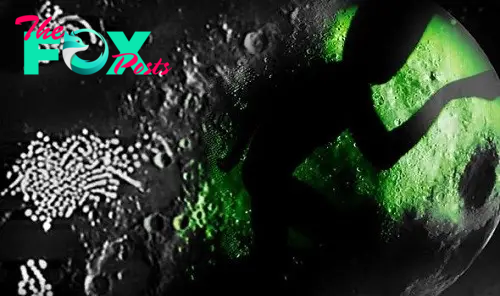
The Role of Atmospheric Composition: One crucial factor in determining a planet’s habitability is its atmospheric composition. NASA’s James Webb Space Telescope, set to launch soon, will be instrumental in studying the atmospheres of exoplanets. By analyzing the chemical signatures present, scientists hope to glean insights into whether these distant worlds could support life as we know it—or perhaps even life forms beyond our current understanding.
Exploring Ocean Worlds: Beyond traditional rocky planets, NASA is also exploring the potential for life on ocean worlds—moons of gas giants such as Jupiter and Saturn that harbor vast subsurface oceans. Europa, Enceladus, and Titan are among the prime targets for future exploration, as their icy crusts may conceal liquid water beneath—a potential haven for microbial life or even more complex organisms.
Implications for Astrobiology: The revelation of potential habitats for “powerful Earth-like” creatures holds profound implications for the field of astrobiology—the study of life in the universe. It expands our understanding of where life could exist beyond our home planet and underscores the diversity and resilience of life in all its forms. Moreover, it underscores the importance of continued exploration and scientific inquiry in unlocking the secrets of the cosmos.
As NASA continues to push the boundaries of space exploration, the revelation of potential habitats for “powerful Earth-like” creatures opens new avenues of inquiry and possibility. From distant exoplanets to enigmatic ocean worlds, the cosmos beckons with tantalizing opportunities for discovery and understanding. With each new revelation, we move closer to answering one of humanity’s most profound questions: Are we alone in the universe?
-
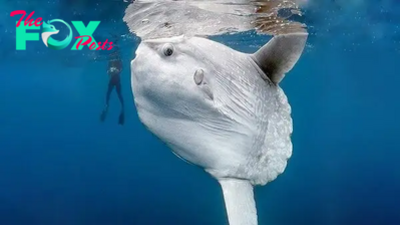
 Weird Animals4m ago
Weird Animals4m ago.Deep Sea Wonder: 22ft Circular White Fish Charms Diver, Becomes Social Media Sensation..D
-
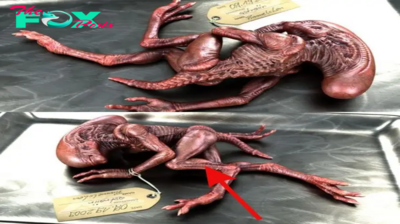
 Weird Animals4m ago
Weird Animals4m agonht.The astonishing discovery of an alien mummy, perfectly preserved as if alive, shocked everyone.
-

 Weird Animals4m ago
Weird Animals4m agonht.Discover the chilling tale of the 1818 UFO crash and the lost portal to another planet.
-
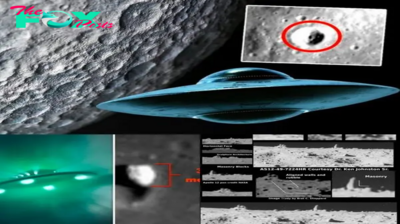
 Weird Animals4m ago
Weird Animals4m agonht.Uncovering Lunar Mysteries: Ex-NASA Insiders Claim Extraterrestrial Presence in Lunar Structures
-
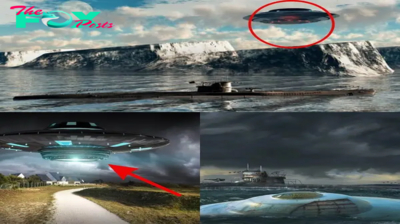
 Weird Animals4m ago
Weird Animals4m agonht.Today’s breaking news: a mysterious floating city-like UFO discovered in Dulali village has caused widespread panic.
-
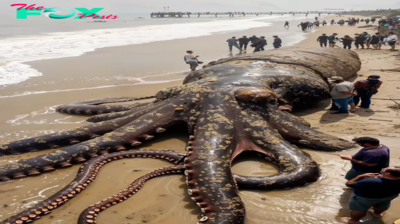
 Weird Animals4m ago
Weird Animals4m ago.The Astonishing and Terrifying Experience of Coming Face to Face with a 4-Meter Octopus!..D
-

 Weird Animals4m ago
Weird Animals4m agonht.Breaking News: Documentaries Uncover UFO Crashes in the Desert
-

 Weird Animals4m ago
Weird Animals4m agonht.Breaking news: Utah woman claims to have raised abducted aliens since 1923, shocking everyone.







